Cities in Java have many obstacles to walking. Surabaya, Indonesia’s second largest city, is no exception: Footpaths are difficult to find, non-existent, or in disrepair. Traffic is ruthless. Maps are inaccurate. The weather is oppressively hot. Despite this situation, jalan-jalan (walking without a specified aim) is still the best way to explore the city and its kampung (neighbourhoods).
Nobody knows this better than researcher and cultural worker Anitha Silvia, Surabaya’s most committed walker.
I was recently in Surabaya with Luke Bacon, doing fieldwork on independent libraries (you can read some of our observations here). Our host there was C20 Library and Collabtive, C20 is the home of a range of incredible initiatives, including two walking programs, led by Anitha. Manic Street Walkers (MSW) and Surabaya Johnny Walker. MSW is a ‘walk-for-pleasure program’ launched in 2011 to promote regular collaborative walking for the purpose of seeing, discovering, understanding and enjoying the city of Surabaya. Surabaya Johnny Walker is a one off walking tour to help visitors and locals access some of Surabaya’s different quarters. Both are the result of years of research and hundreds of kilometres of walking by collaborators Anitha Silvia and designer Celcea Tifani.
On arrival at C20 (we came on the train from Yogyakarta), we were given a set of three maps, ‘Pertigaan’. I had already seen these maps in the studio of Michael Leung in Hong Kong. When Michael and I were chatting about Indonesia, he dug them out of a shoe box and showed me. I was so impressed to see these beautiful maps, and the way they had travelled the world. These maps document the busy northern part of Surabaya—which used to be divided into three different areas: The European, Arab, and Chinese Quarters. Like the tour itself, the maps are beautifully designed, thoroughly researched, and highly functional as well as being collector’s items. ‘They’re great,’ agreed Anitha, ‘but they need to be updated. This city changes every day.’
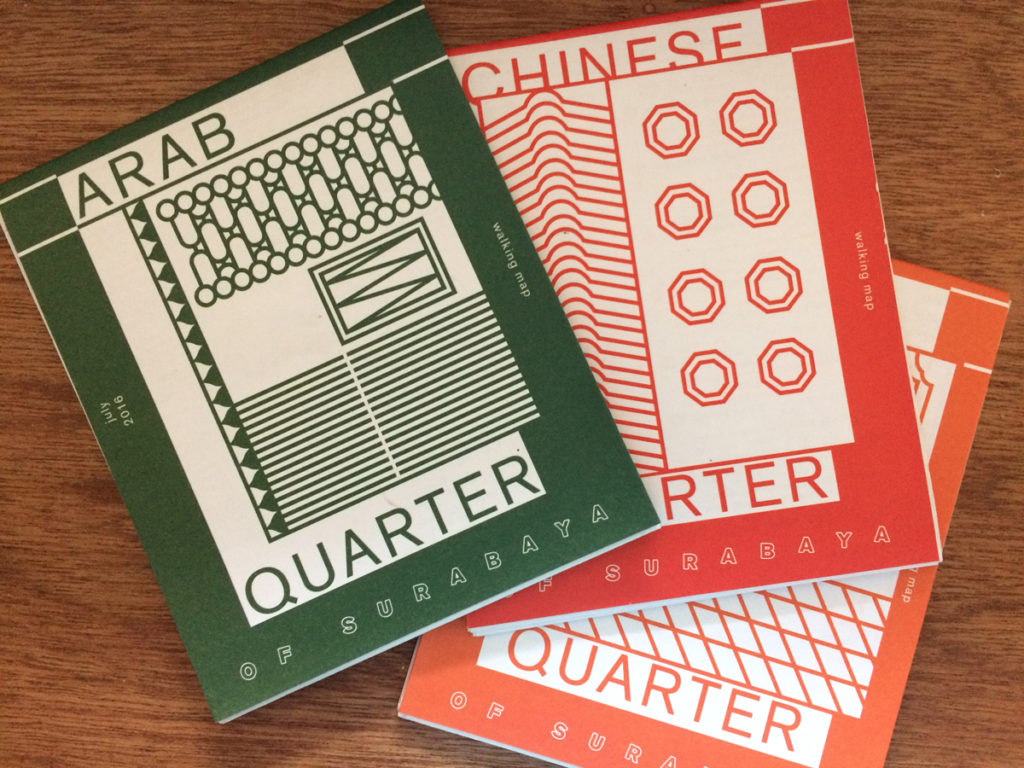
Pertigaan Maps
When we booked in a tour with Anitha I asked her how she started walking intensively.
‘I’m from Jakarta,’ she said. ‘When I moved to Surabaya, I knew nothing about this city, of course I had to learn, and what better way than to walk. Every city is different, and if you think they are the same, you are not walking.’ And walking became her research practice:
‘Walking is political. It’s as though we are not meant to do it. We have poor public transport in Surabaya and people want to drive cars. But I walk everyday. I walked here to work, I will walk home. Walking is how I find out about my city, and how I talk to people who know things about it.’
The day before the tour, we had already had a taste of walking with Anitha. When I explained Mapping Edges, and she insisted on showing us Kampung Genteng Candirejo . This is an incredible neighbourhood near the Pasar Genteng (Genteng Market). As you step of the main street, the first thing you notice is the sound. Traffic noise stops as here, engines must be turned off and motorbikes wheeled through the streets silently. There are the sounds of birds, children playing, and people chatting. There are elaborate aquaponic systems lining the streets and tucked in between houses, trees, airy open spaces, fruit trees and pot plants labelled with Indonesian and Latin names, as well as their uses. Kampung Genteng Candirejo is also known as ‘Kampung Herbal’ because of its locally processed herbal products and crafts.
Anitha took us to Ibu Wiwik Srihayati’s house, to try the jamu (herbal tonic) that she makes from locally growing plants. There was a ferment from blimbing wuluh which tasted sweet, nourishing and slightly alcoholic. She experiments with recipes and sometimes sells her products – people ask her for instructions so when a group of students asked her, she said ‘I’ll tell you and you type it up so others can photocopy it.’ We sat on her verandah chatting as she brought us about six drinks to try. At this point, I began to understand Anitha’s methods. Although she explores different parts of the city constantly on her own, she takes people to places where she has walked many times, and where she is deeply connected. People in these neighbourhoods know her name and her intentions. When she walks with people, she does so carefully and sensitively.
Across the river, we visited another kampung leading local sustainability initiatives. As well as some excellent small and slow design solutions such as a outdoor public hand washing station, a commitment to maintenance, and an open approach to urban planning, these communities use social media and community programs to share knowledge and take control of their local living conditions. Anitha knew about Mapping Edges intuitively.
The next day, we walked in a group of 5. We began in Kampung Peneleh, which was a great introduction to the significance of national heritage in Surabaya. We walked across multiple bridges, toured government buildings, visited the post office, went to churches, mosques, malls, arcades, analysed formal design and vernacular design, enjoyed es campur (mixed ice), and ate parcels of chinese sticky rice in pandanan leaves in the home industry factory they were being made. We went to the oldest warung (snack store) in Surabaya, the amazing Pasar Pabean, and the fish market, followed by the perfume shop. We looked at Dutch colonial architecture, Nationalist architecture, Indonesian Art Deco, and finished up drinking coffee in the Arab quarter where we were all offered dubious performance-enhancing stimulants from a ‘muscle man’ package.
The walking tour (not the kopi ekstra) is highly recommended. Anitha Sylvia is an entrepreneur to keep an eye on.
More photographs here.
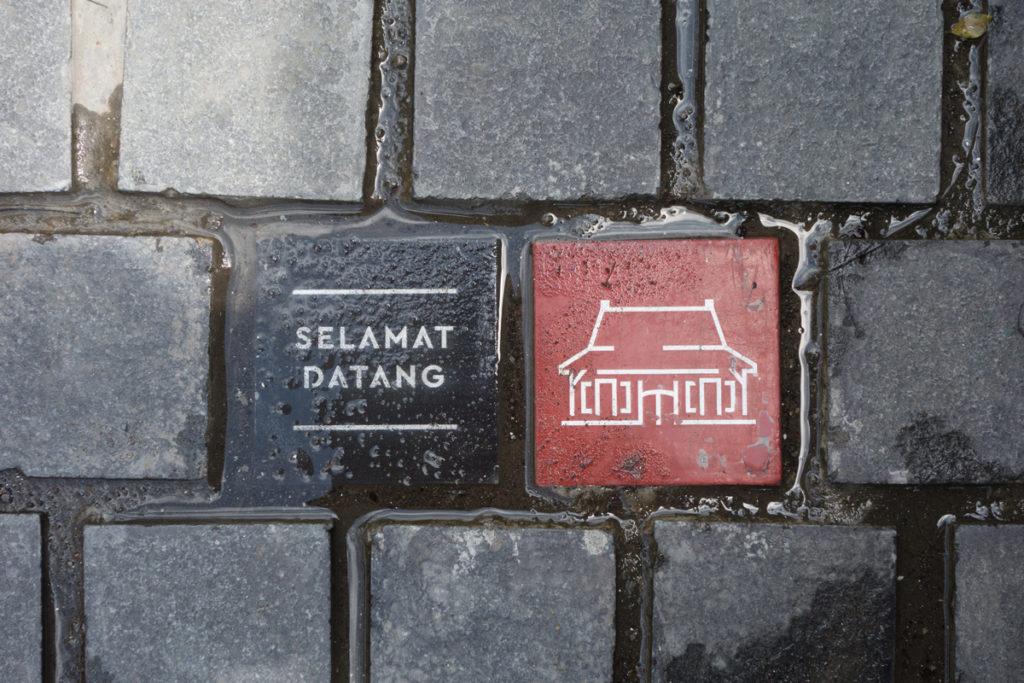
Selamat Datang, Welcome
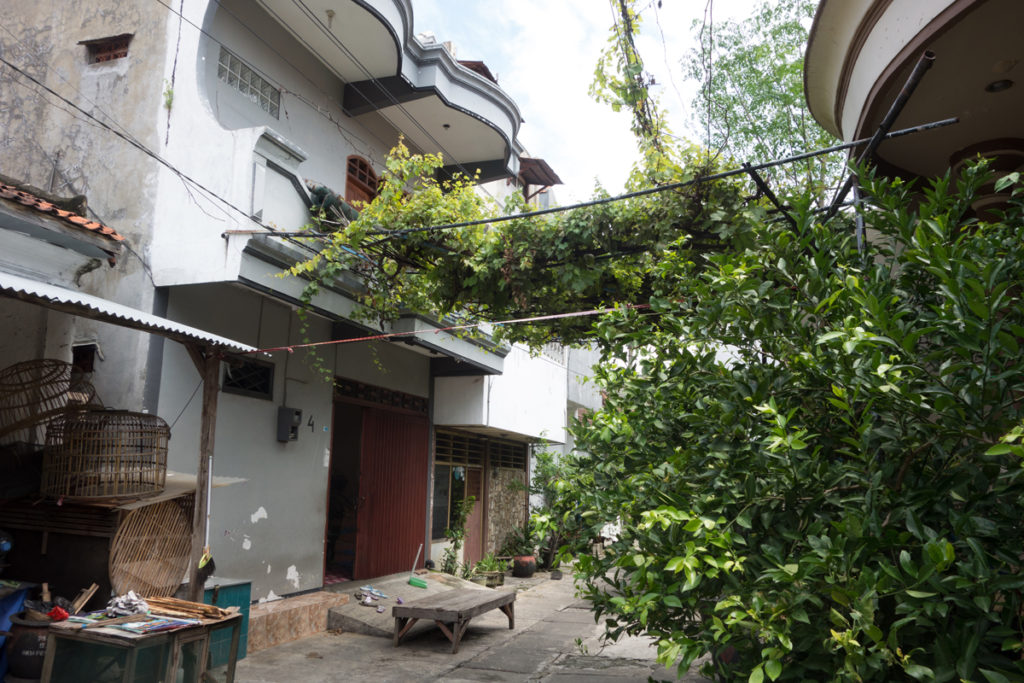
Grape Vine in Kampung Peneleh
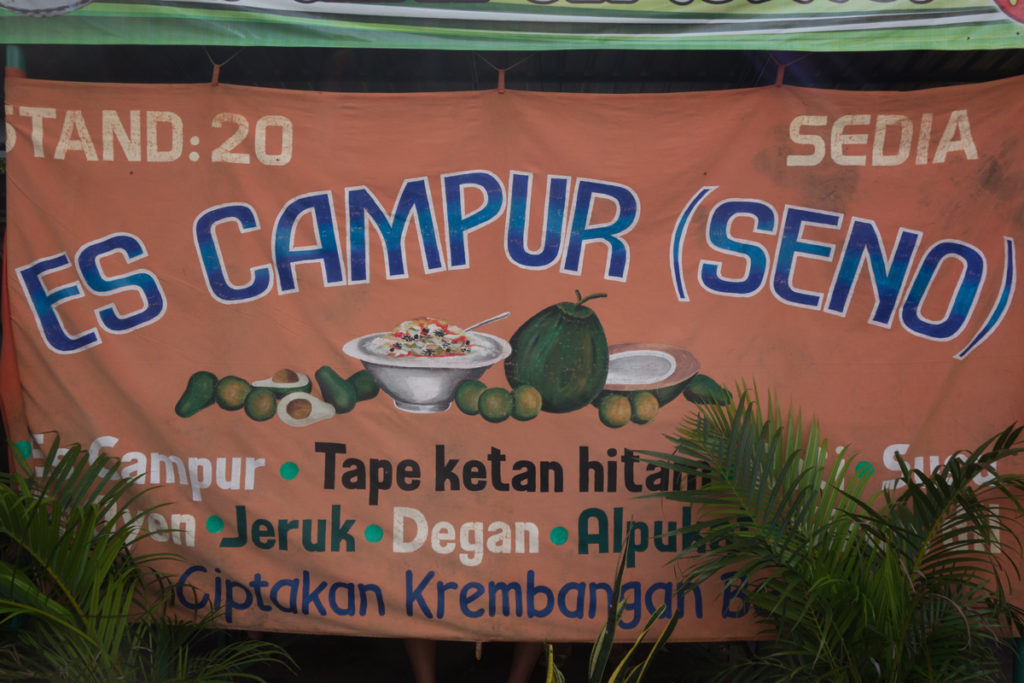
Es Campur, hand painted sign
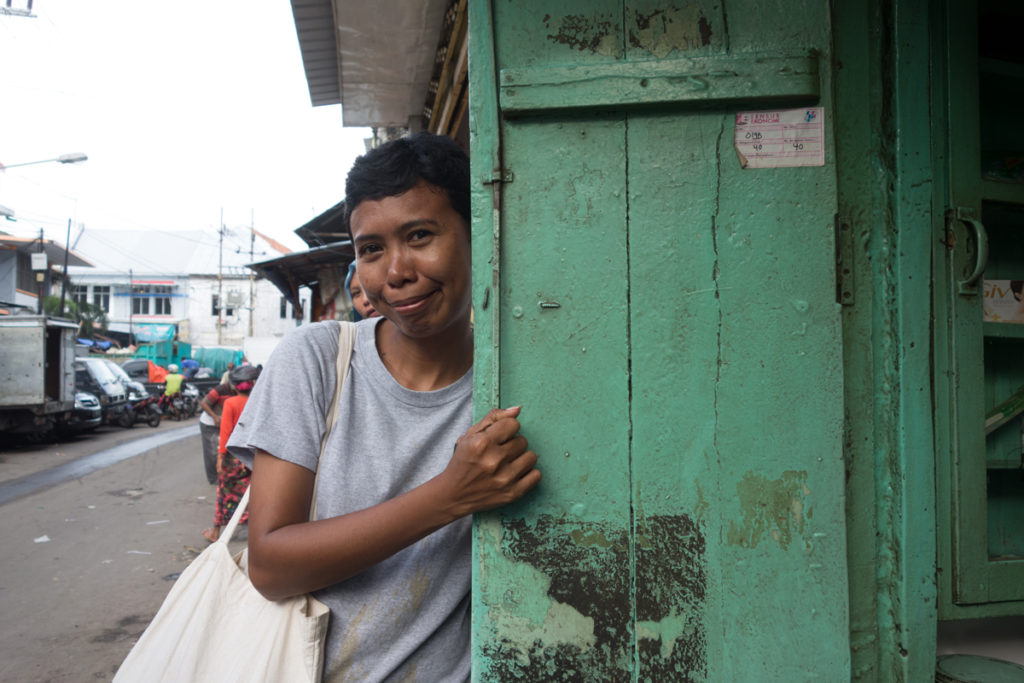
Anitha – I would follow her anywhere
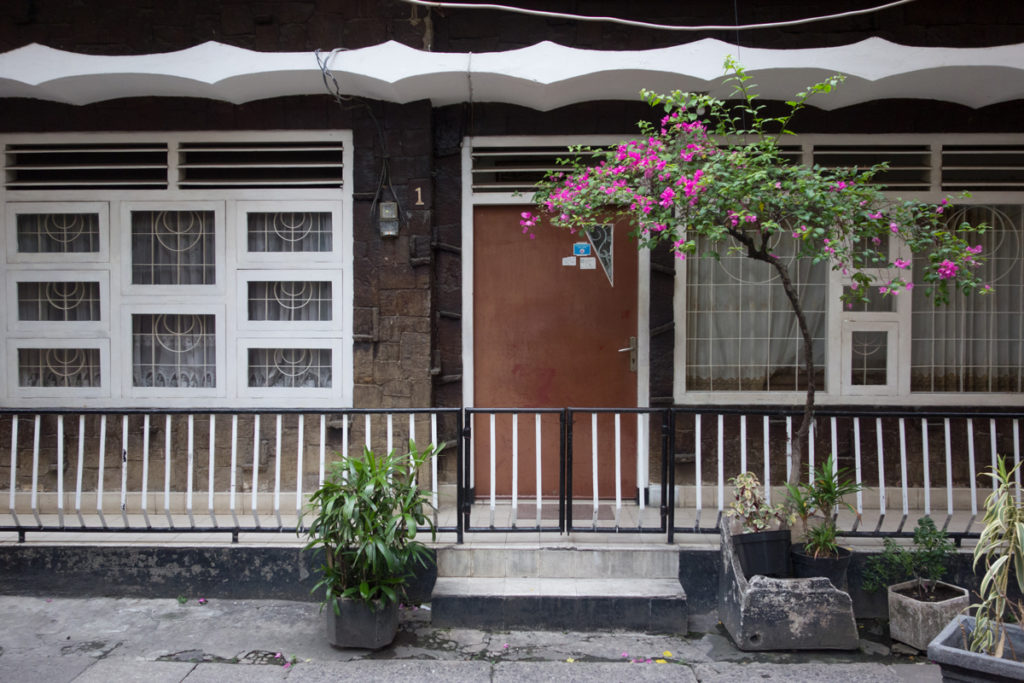
The Arab Quarter
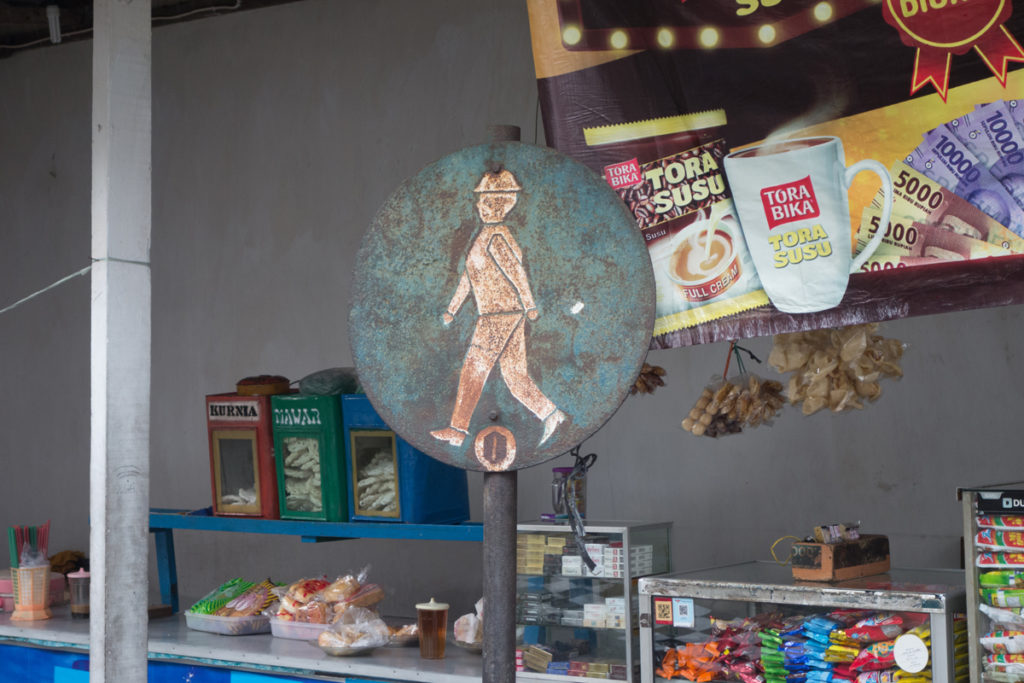
Jalan-jalan

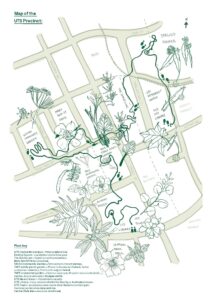
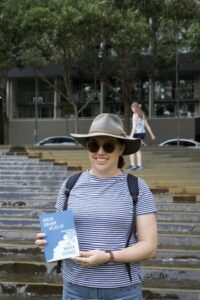
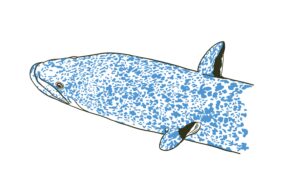
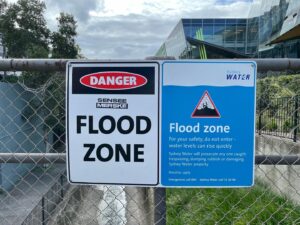
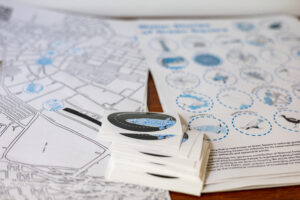

0 Comments